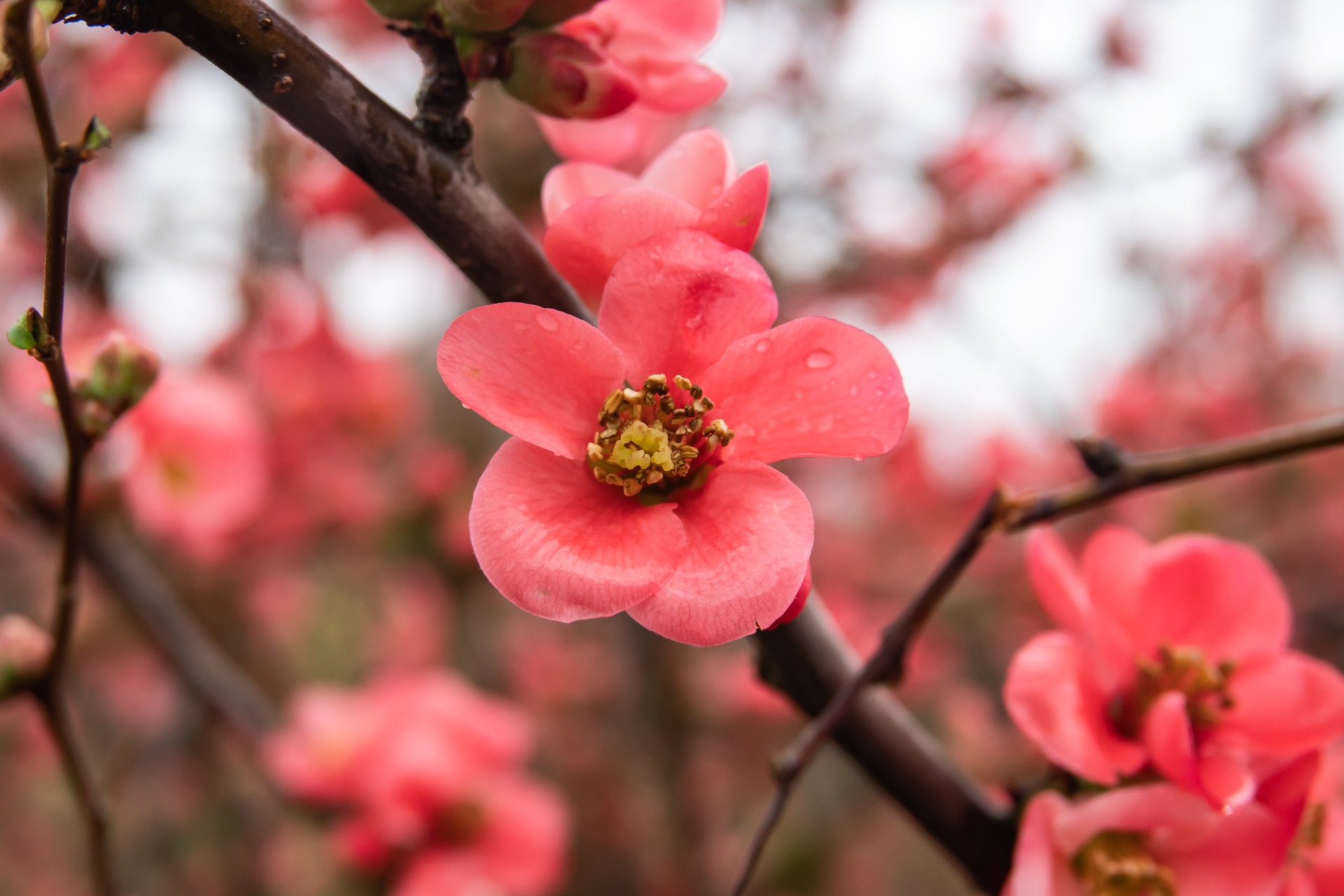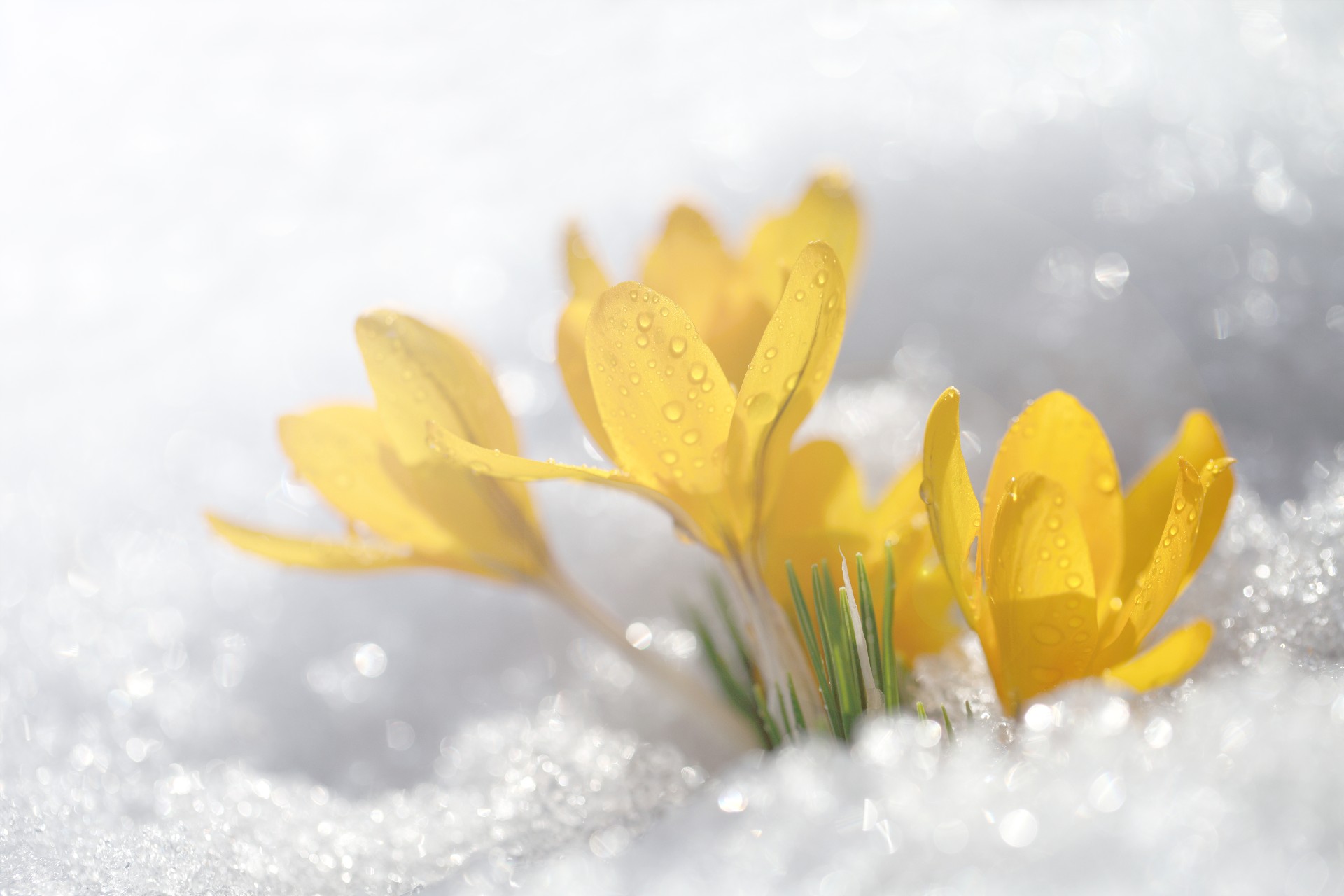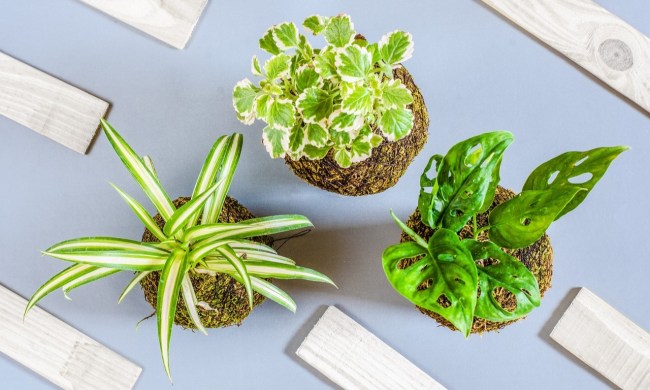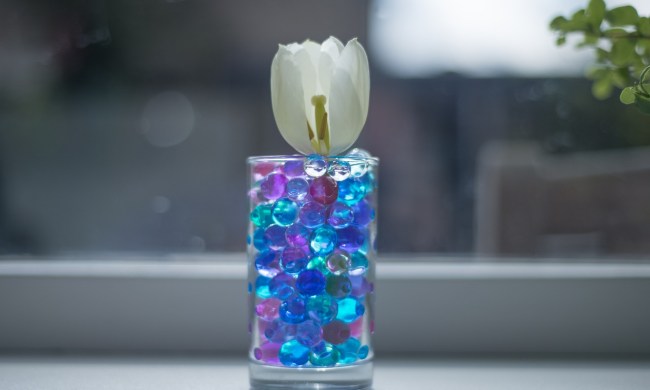Fall, summer, and spring display all of the stunning colors, textures, and smells that plants have to offer. From vivid autumn foliage to brightly colored flowers, it is a hassle-free time to grow some truly stunning plants. When it comes to the frigid temperatures of winter, however, things can get a bit difficult. Fortunately, there are quite a few effervescent plants that thrive in freezing temperatures, bringing some color and liveliness to an otherwise bleak and barren wintertime.
What plants grow in the cold?

If your garden typically turns from bright and beautiful to bleak and boring by winter, it may be time to add a few key characters to your group of plants. There are many cold hardy plants out there, so it is important to find some that will not only survive winter but will put on a show while doing so. With some featuring bright green leaves and bright red berries, these cold hardy plants will easily make a statement in your yard:
- The blue spruce tree. With greenish-blue needles and a wide, robust structure, the blue spruce is a true winter staple. The branches of this beautiful spruce tree are a sight for sore eyes in the cold months of the year. The blue and green hues contrast beautifully against white snow, leaving you with a stunning tree all year long. Beyond that, this tree can withstand temperatures as low as -40 F, making it a real contender for your next garden addition.
- The winterberry. Teeming with bright red berries throughout the winter months, the winterberry shrub is in high demand. Also known as the winterberry holly, this plant sure knows how to welcome winter in a holly and jolly manner! With a cold hardiness down to -30 F, the winterberry will not only grow in the cold, it will thrive.
- The snowdrop flower. As a plant that actually despises warm winters, the snowdrop flower performs its best in frigid temperatures. This flower can withstand temperatures down to -30 F. while still displaying its bright green stems and delicate, white flowers. Beyond its extreme cold hardiness, this flower is a beautiful sight to see. Featuring bright green leaves and a flurry of drooping, white petals, the snowdrop is an easy winter winner.
- The Japanese quince. This flowering shrub displays vivid red blooms and is an easy option for adding beautiful color to the barren winter months. Blooming in both winter and early spring, this plant produces a lively show throughout the harshest part of the year. This hardy shrub not only shows off its stunning colors, but does so in temperatures as low as -25 F.
- The vintage gold cypress. This shrub is an evergreen, meaning it will boast its stunning, golden-green foliage throughout the year. Thriving in temperatures down to -30 F., the gold cypress is perfect for any yard or garden across the country.
Which flowers can survive cold weather?
Flowers that can make it through the winter and come back in spring as strong as ever are called perennials. There are a wide variety of beautiful perennials, so it will be easy to add some of these great options to your garden:
- Peony
- Coneflower
- Monarda
- Siberian Iris
- Coreopsis
- Primrose
- Catmint
- Viola
- Lily of the Valley
Can vegetables grow in cold weather?
The short answer: Yes! There are a whole bunch of hardy vegetables that thrive in cold weather environments. You can choose to plant these delicious and flavorful veggies in early winter and harvest them throughout the season:
- Onions
- Radishes
- Garlic
- Potatoes
- Lettuce
- Leeks
- Peas
What temperature is too cold for plants?

When it comes to deciding how cold is too cold, it really comes down to the plant itself. Many evergreen trees withstand temperatures as low as -30 or -40 F, while more tropical plants will only tolerate temperatures as low as 30 or 40 F.
If you live in a region that experiences below-freezing temperatures but still want bright and lively options, a great way to keep your plants alive during winter is by planting them in pots. This way, you can bring your potted plants indoors throughout the winter, allowing them to enjoy the warmth of your home.
Adding a little color to the drab winter months is a great way to ensure your garden stays bright and fun. Just because you live in an area that experiences temperatures in the negatives doesn’t mean you can’t enjoy some winter beauty through plants. As you can see, there are a lot of great options from flowers, to trees, to veggies that will be perfect for adding some vitality to your yard.


